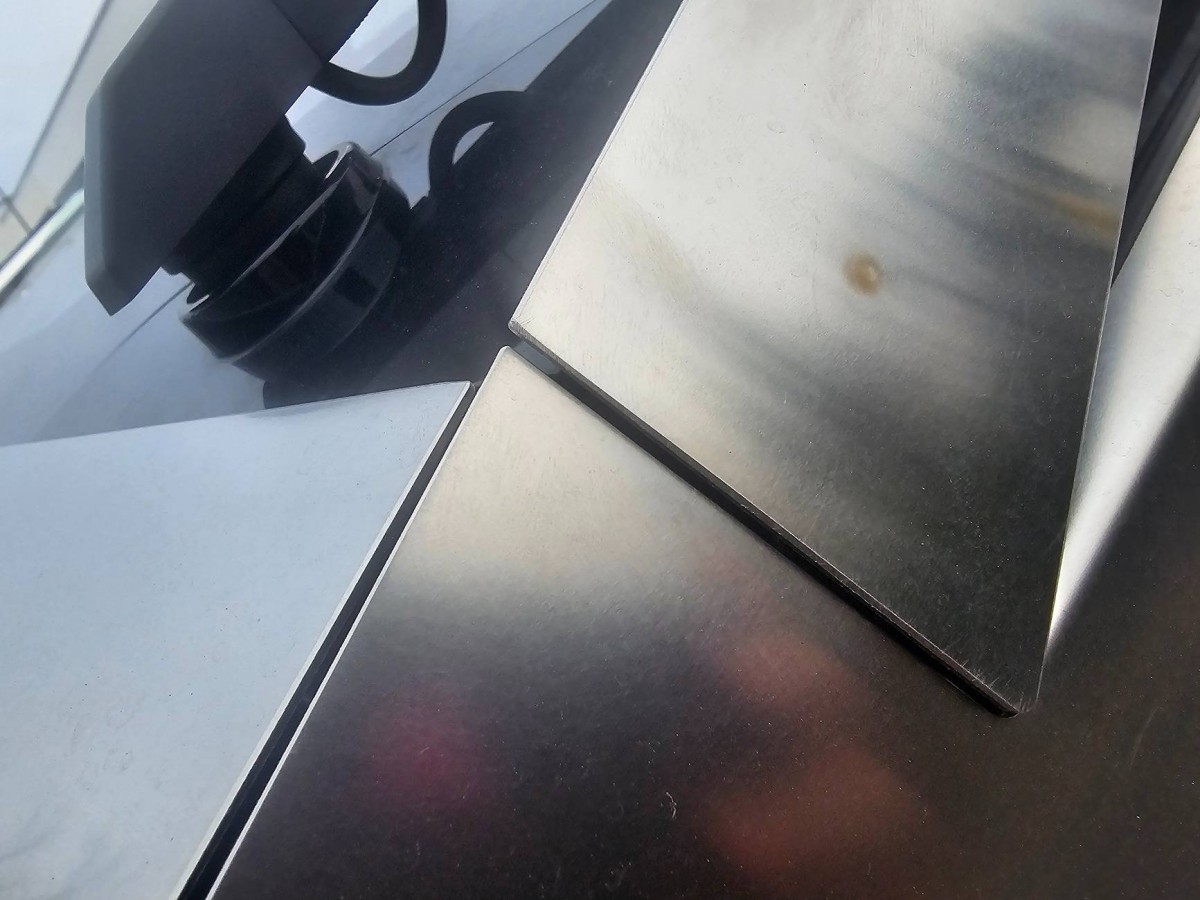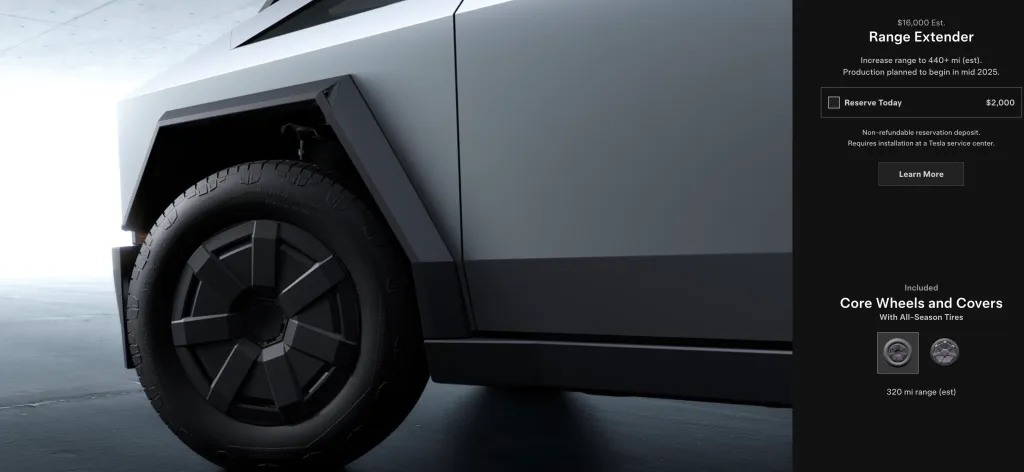
The Tesla Cybertruck, once hailed as a bold bid for leadership in the electric vehicle segment, is once again in the spotlight — and not for the better. After of the latest recallassociated with the a loose decorative panelThe situation became even worse. The repairs were not only imperfect, but also caused the owners to be even more indignant.
Tesla solved the problem simply: dismantle the panel, apply several pieces of butyl (thermoplastic sealant), and then fasten everything with new nuts. However, the consequences of this «repair» — visible gaps between body parts and even rusty or burnt marks on the chassis.
One of the owners of a Cybertruck from New Jersey shared a photo after the repair. It shows a large gap where the new nut was installed. There is a spot nearby that looks like a welding mark. Although the panel fixation itself obviously does not require welding.
This situation raises many questions about Tesla’s quality control. Yes, the company has a loyal audience of early buyers who are willing to put up with the problems of the first generation. But when it comes to cars costing more than $80 thousand, there are expectations of high standards of service and workmanship. People pay a lot of money — and they want a quality product, not a car with defects after repair that they have to fix themselves with a file.
This is a particular headache for owners who have covered their Cybertrucks with film. Now, after the repair, they will also have to pay for re-wrapping it — and Tesla does not seem to be planning to cover these costs.
Another disappointment faced by Cybertruck fans is the cancellation of the so-called «Range Extender, which was supposed to significantly increase the car’s autonomy.
When Tesla first announced the Cybertruck in 2019, it advertised a three-engine version with a range of over 805 km and a starting price of $70 thousand. Unfortunately, when the company finally announced the official specifications, the three-engine Cybertruck had a starting price of $100 thousand and a range of only 515 km. To at least get close to the promised performance, Tesla offered a solution — a separate battery that is installed in the body of the pickup truck. The company called it the Range Extender. It was supposed to cost $16 thousand and take up a third of the Cybertruck’s luggage compartment.
Although the Cybertruck has been in production for a year and a half, this «extender» has not yet gone on sale. Initially, Tesla promised to release it in early 2025, but later the deadline was shifted to mid-2025. In addition, the range of the Range Extender has been slightly reduced by about 40 km for the two-engine version.
And now the Range Extender has completely disappeared from the configurator on Tesla’s website. Previously, it was possible to pay $2000 to reserve the accessory, but now there is no such option at all. It is not known whether Tesla decided to cancel the production altogether or just temporarily stopped accepting reservations. Interestingly, the company still lists the range of the Cybertruck with and without the extension cord on its technical specifications page, so it seems that the final decision has not yet been made.





Spelling error report
The following text will be sent to our editors: